New Jeep® Compass Trailhawk 4xe Looks Good On The Street:
Makes An Appearance Just Before Its Official Debut...

Just hours before the Jeep® brand unveils its updated Jeep Compass lineup for Europe, the Middle East, and Africa (EMEA), we are seeing uncamouflaged test models for the new electrified off-road-oriented Compass Trailhawk take to the streets in Europe. GabetzSPYUnit has caught two refreshed Jeep Compass Trailhawk 4xe models out in the wild. While we have seen the updated Chinese market Jeep Compass Trailhawk testing on the roads of Metro Detroit, this is the first time we have seen the updated electrified off-roader without camo.
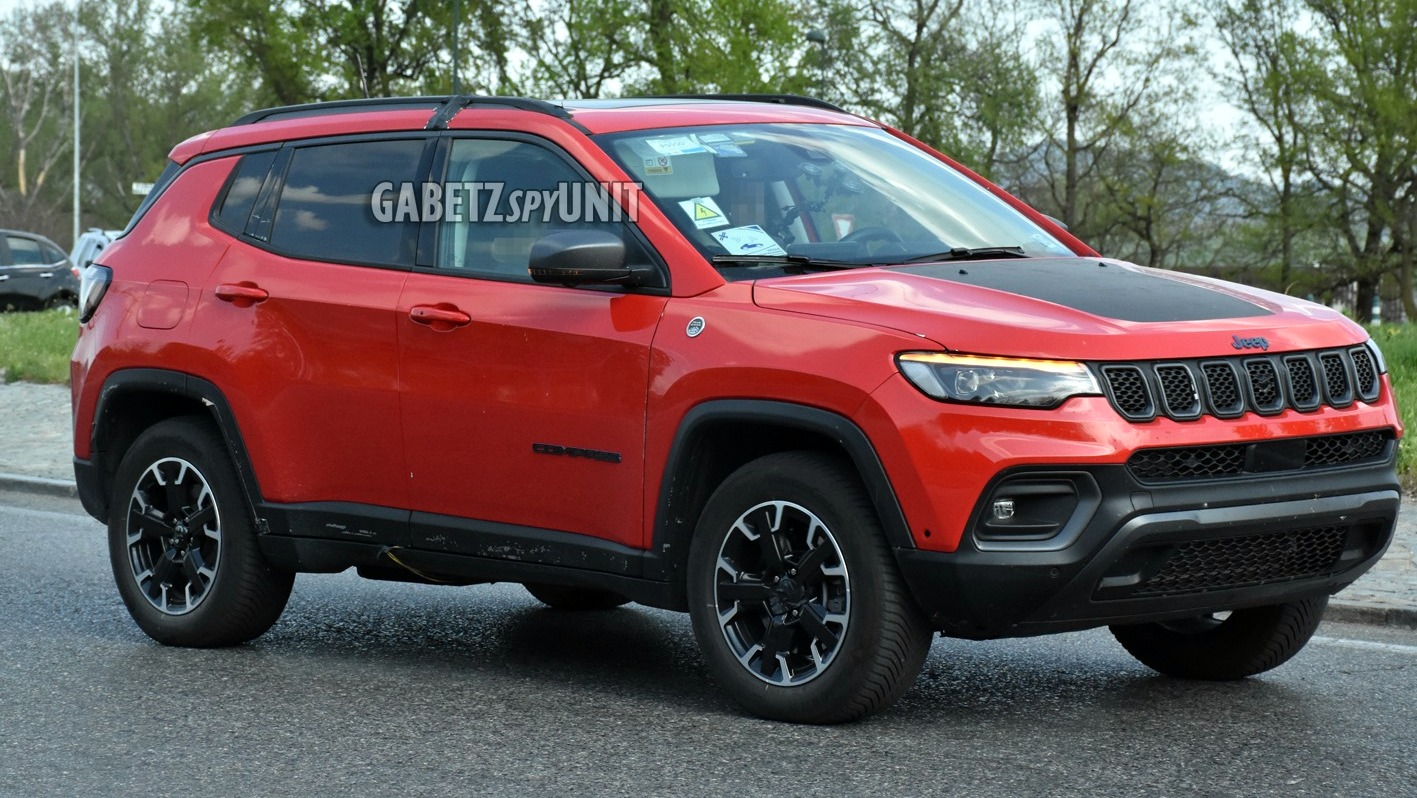
Making its way into the Compass lineup last year, the Compass Trailhawk 4xe powertrain integrates two electric motors and an 11.4 kWh battery pack, with a fuel-efficient 1.3-liter turbocharged gasoline engine and 6-speed automatic transmission. This architecture provides two cars in one – a battery-electric vehicle featuring an electric motor and a high-voltage lithium-ion battery pack on the rear axle and a conventional vehicle with an internal combustion engine (ICE) fitted on the front axle.

Two electric motors, one of which is located on the front axle and coupled to the ICE that, in addition to working in synergy with the engine, can act as a high-voltage generator, as it is necessary. The second motor is located on the rear axle and features reduction gear and integrated differential (also known as the “e-axle”). It delivers 60 horsepower and 250 Nm (or about 184 ft.-lb) of torque, generating traction and recovering energy while braking.
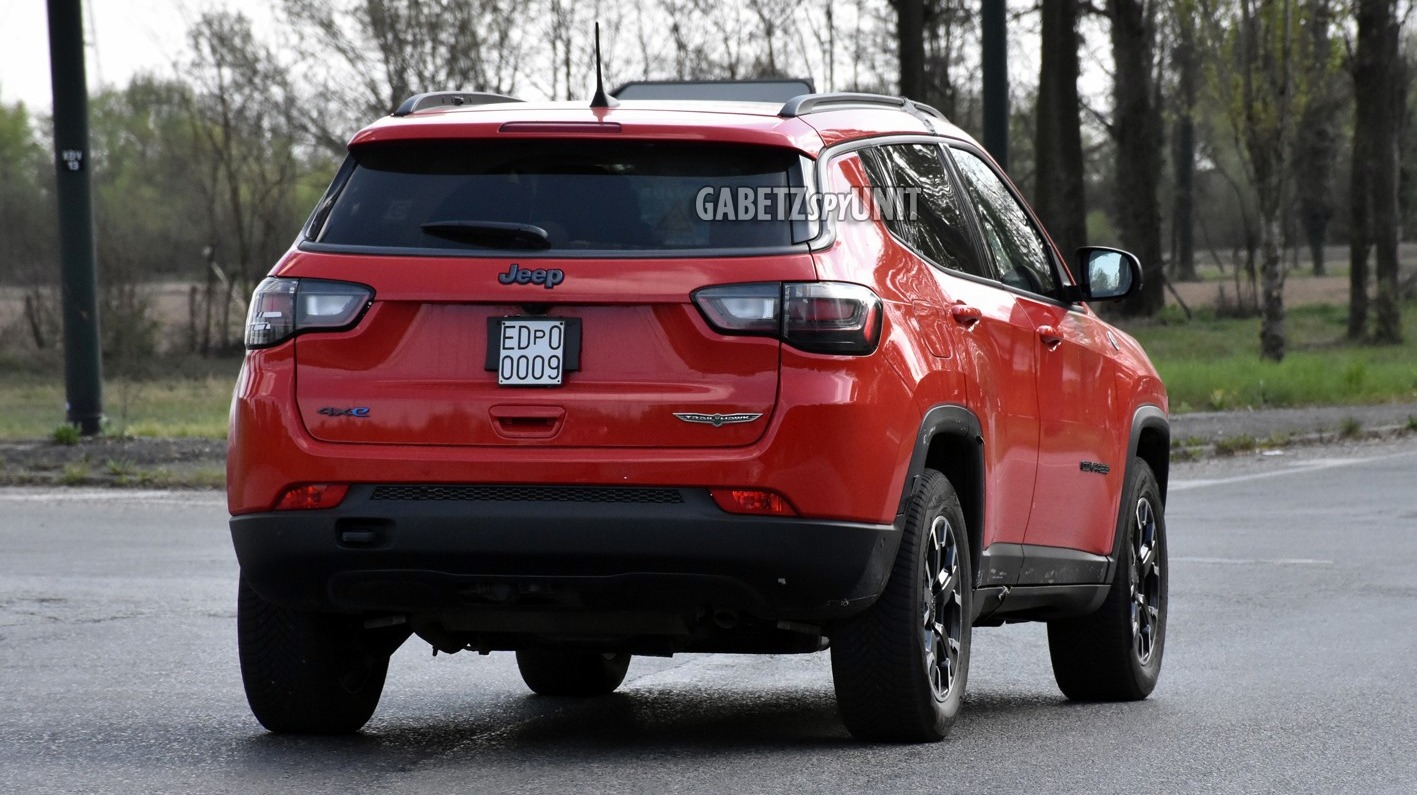
The 1.3-liter turbocharged gasoline engine that powers the Compass 4xe belongs to the Stellantis Global Small Engine or GSE family. This engine is currently found under the hood of certain models of the North American Jeep Renegade. The engine is based on a modular structure and is available for the 4xe versions of the two output levels (130 horsepower or 180 horsepower). The basic structure of the 1.3-liter turbo gasoline engine of the Renegade and Compass 4xe guarantees efficiency, modularity, and a considerable degree of standardization in terms of components and manufacturing process, flexibility, and potential for future development.

It is entirely made of aluminum for lightness (it weighs 106 kilograms or about 234 pounds). The crankcase, developed in partnership with Teksid, is made of high-pressure die-cast aluminum alloy. After studying various crankcase designs, a bedplate architecture was chosen, to offer the best balance of weight, structural performance, noise, and vibrations. Like all turbocharged versions in the GSE family, it includes exclusive third-generation MultiAir technology that improves combustion efficiency by adjusting valve lift and timing and further optimizes independent intake valve opening and closing.
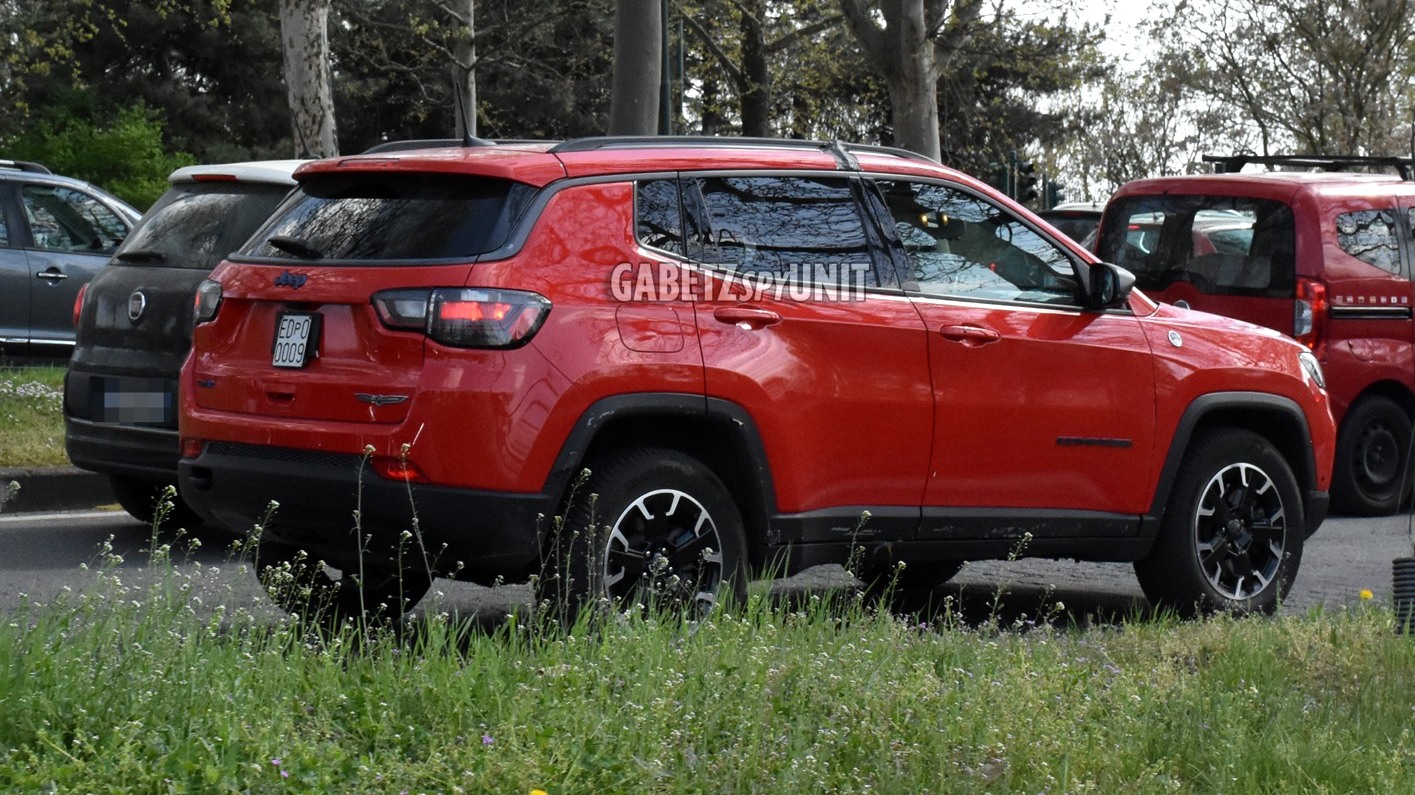
By integrating the electric machine on the auxiliary belt it was possible to design a control logic that optimizes the dynamics and efficiency of the ICE and the downstream automatic transmission. The result is a front axle superior to any equivalent of conventional powertrain capable of offering a lively, smooth, and efficient behavior.
The 11.4 kWh, 400-volt lithium-ion battery pack uses cobalt-nickel manganese/graphite chemistry. It is located underneath the second row of seats, where it is protected from outside elements. Enclosed in a steel casing, the pack is fitted with a dedicated heating and cooling circuit to keep the battery at its optimum temperature for best performance.
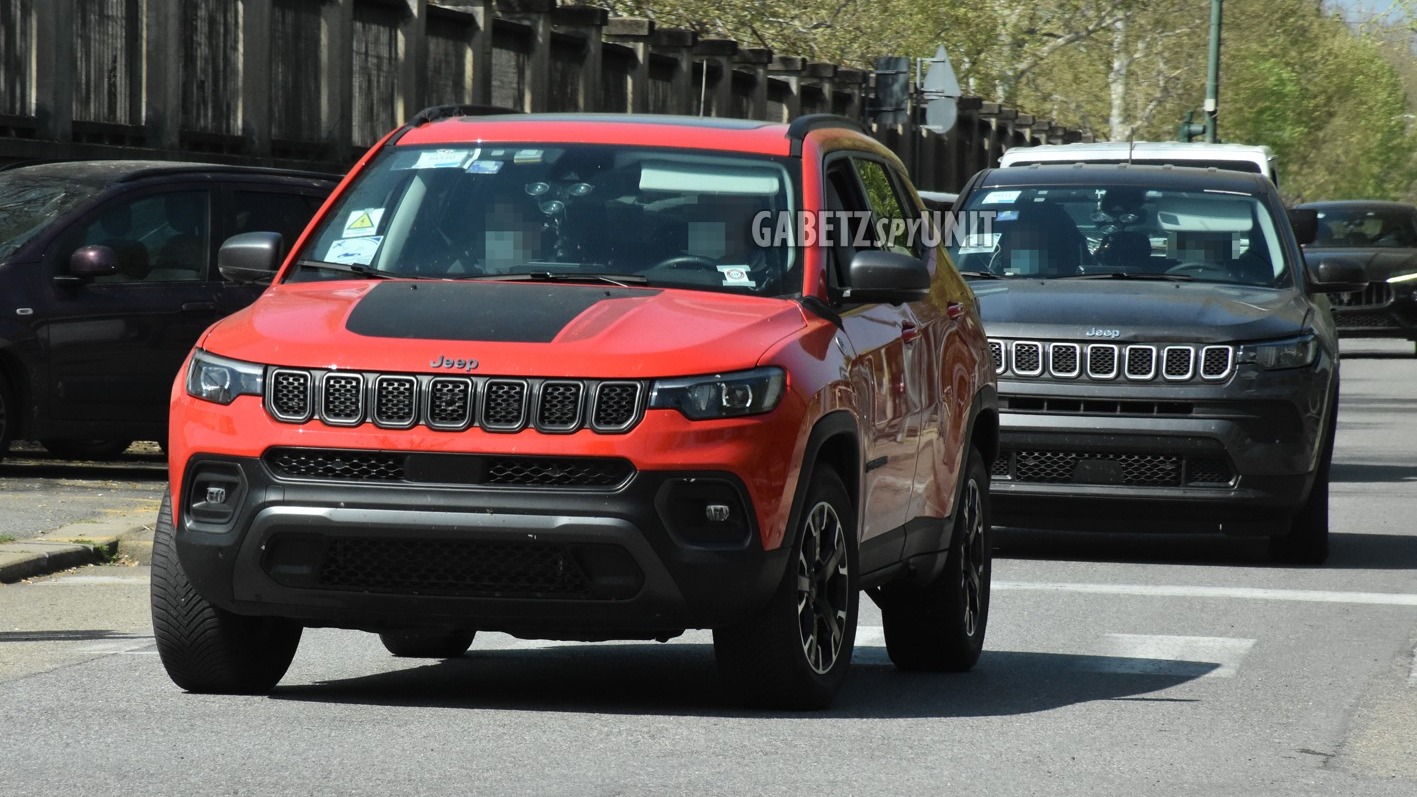
The 11.4 kWh battery pack allows the Compass 4xe to travel an average range of 50 kilometers (or 31 miles) in full-electric, zero-emission mode. The hybrid system also includes a power inverter (PIM) housed inside the battery pack, which is also protected from damage.
The combination of an ICE and the electric units guarantees performance and maximum driving pleasure with acceleration from 0 to 100 km/h (0 to 62 mph) in around 7.5 seconds, a top speed of 130 km/h (or about 81 mph) in full-electric mode, and up to 200 km/h (or about 124 mph) in hybrid mode.
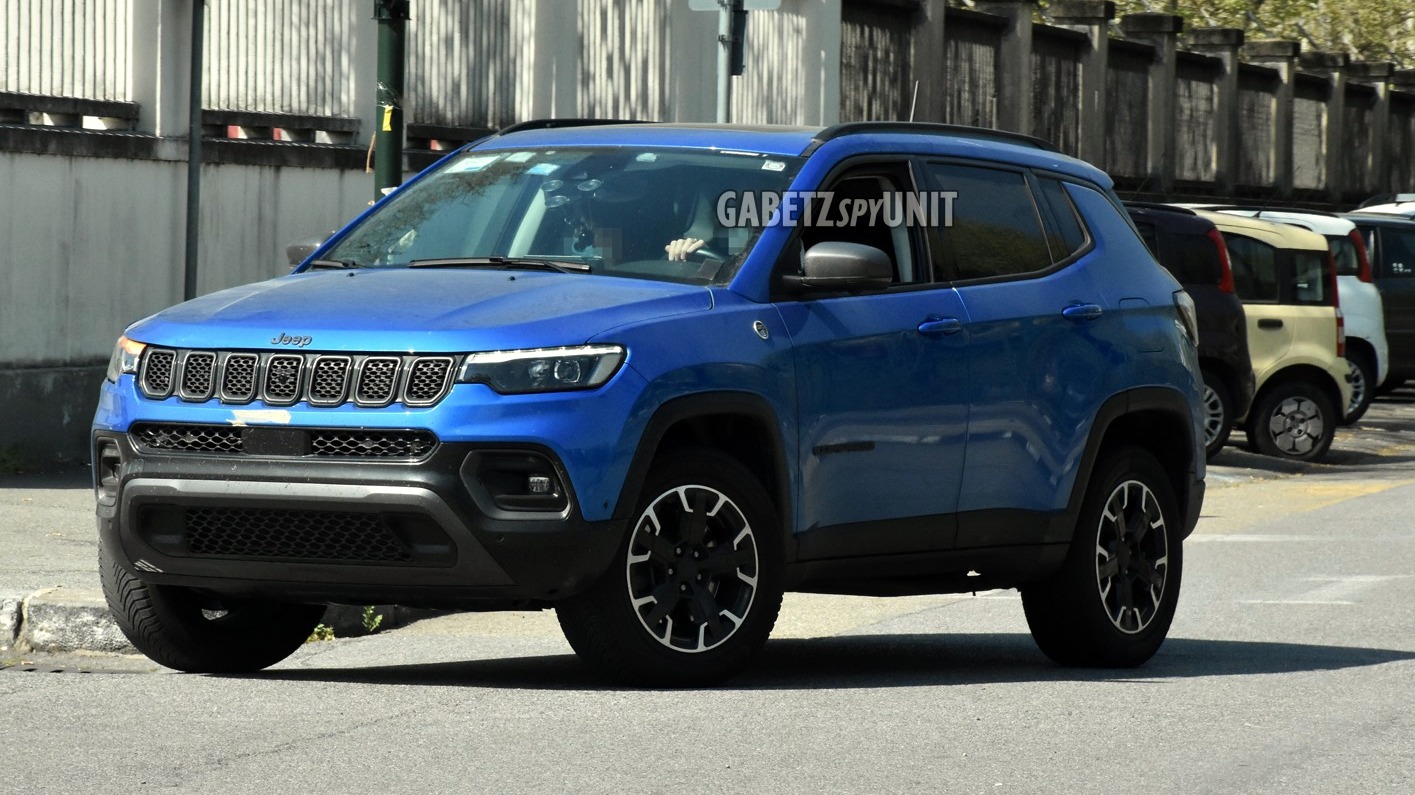
Legendary Jeep off-road capability is guaranteed by the Jeep Active Drive Low system, fitted on all Compass 4xe trims. The new plug-in hybrid technology further enhances the off-road capability of both models, with the combination of the two propulsions resulting in more torque.
Trailhawk 4xe, for example, the specialist off-road trim with overall power of 240 horsepower and boasts an increase in torque output up to 50% versus the 170 horsepower diesel Trailhawk model. Furthermore, thanks to the 4xe technology, traction to the rear axle are not provided by a prop shaft but through a dedicated electric motor. This allows the two axles to be separated and control the torque independently in a more effective way than a mechanical system, with traction being delivered to the rear wheels immediately when needed.
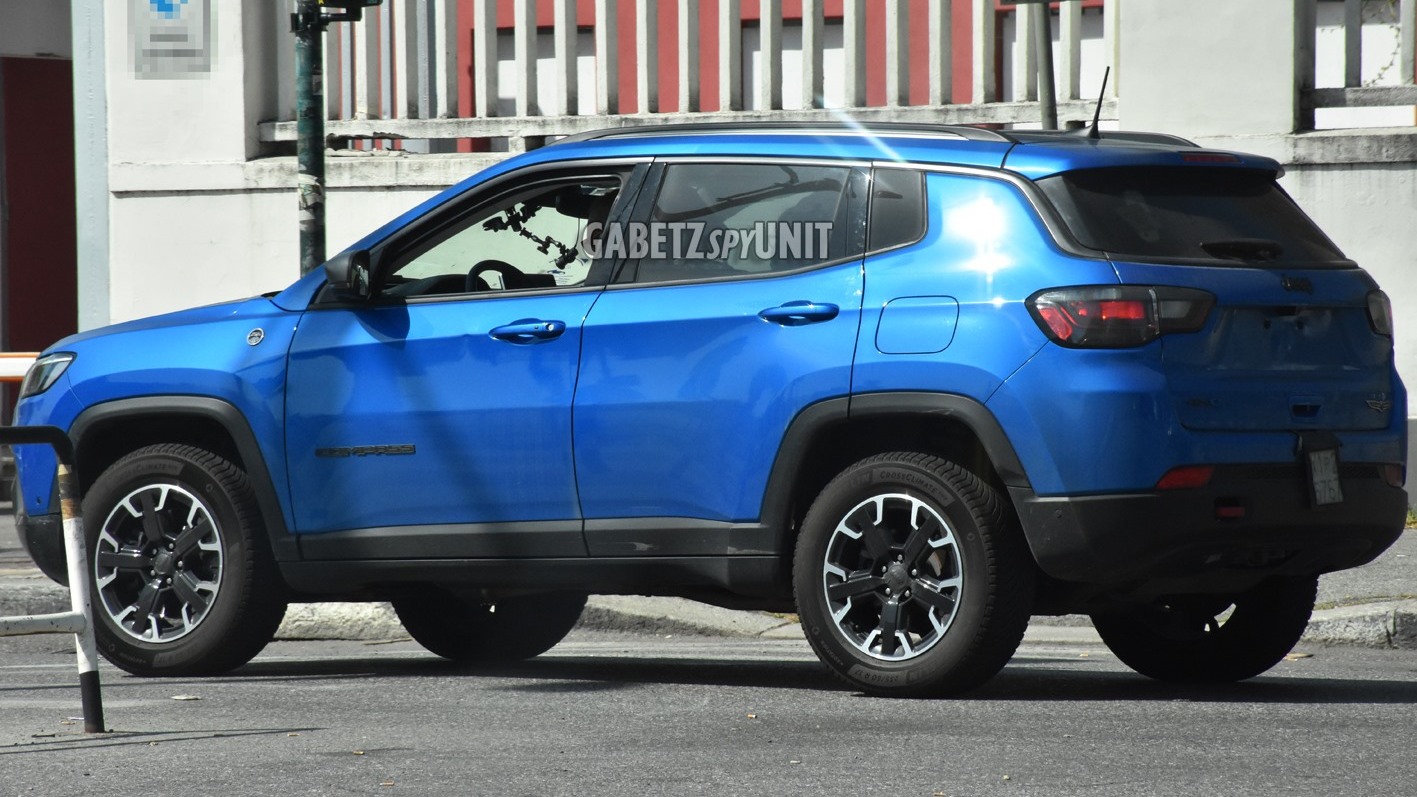
Customers of the Compass 4xe can personalize their driving experience according to their specific needs and the type of journey, such as daily commutes in town, for which full-electric driving is ideal, or exciting off-road adventures on extreme trails in contact with nature in authentic Jeep style.
The system has three operating modes – Hybrid, Electric, and E-save. The desired mode can be activated using the selector switch located in front of the gear lever. In all driving modes, the regenerative braking system recovers energy during passive driving phases (such as deceleration or light braking). Additionally, Renegade and Compass 4xe travel in hybrid mode when the battery reaches the minimum charge level regardless of the selected mode. More in details:
- HYBRID is the default mode selected when the car is started. It is designed to manage and use the system in the most efficient way, optimizing power and minimizing fuel consumption. The ICE and electric motor work together according to the road type, with braking energy recovery phases. Initially, the system favors electric driving (so the power is supplied by the electric motor). When the battery reaches the minimum charge level (called “SOC”, State Of Charge), the ICE is used for propulsion. The system manages start-up and intervention through an optimization algorithm (Hybrid Control Processor or HCP) designed to maximize the system efficiency levels.
- ELECTRIC is the mode that provides a full-electric average range of 50 kilometers* at zero emissions. It is designed to maximize the electric driving experience through a different calibration of the HCP optimization algorithm. The car drives in the electric-only mode as long as there is sufficient charge in the battery. The system automatically switches to HYBRID mode when the battery is completely flat or when the driver kicks the kick-down. A top speed of up to 130 km/h (or 81 mph) can be reached. This is the ideal mode for traveling in city centers with traffic and emission restrictions.
- E-SAVE, on the other hand, is the mode for maintaining battery charge or for charging it while driving using the ICE. E-SAVE mode supports two secondary modes, called Battery Save (passive E-SAVE) and Battery Charge (active E-SAVE), both of which can be activated on the Uconnect system screen.
- Passive E-SAVE or Battery Save: maintains the state of charge of the battery through the predominant use of the ICE;
- E-SAVE active or Battery Charge: charges the battery up to 80% through the operation of the ICE on which the combined front electric generator acts.
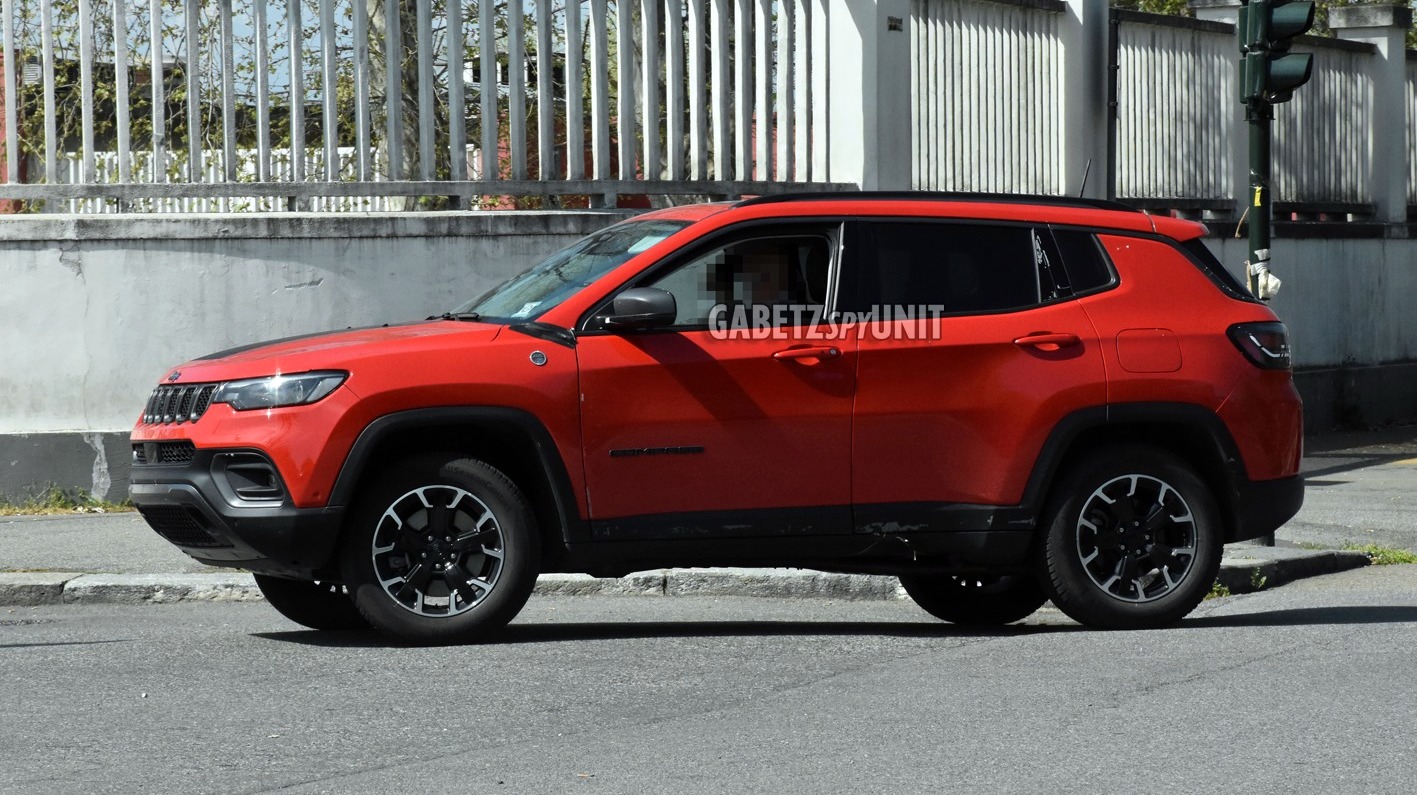
On these new updated models for the EMEA region, we see that the front fascia will lack the tow hooks found on models of the Compass Trailhawk models around the globe. On the red one, we also the new ‘Trailhawk’ hood decal featuring black and red colors, but looking similar to the Wrangler Unlimited Rubicon 4xe’s hood decal.
We don’t expect much to change on this particular model, with it being launched late last year. But the new exterior and interior looks are very appealing.
We will see the finished product and know more about its details at 12:00 p.m. CEST (or 6:00 a.m. EST) tomorrow.
2021 Jeep® Compass Trailhawk 4xe Image Gallery:

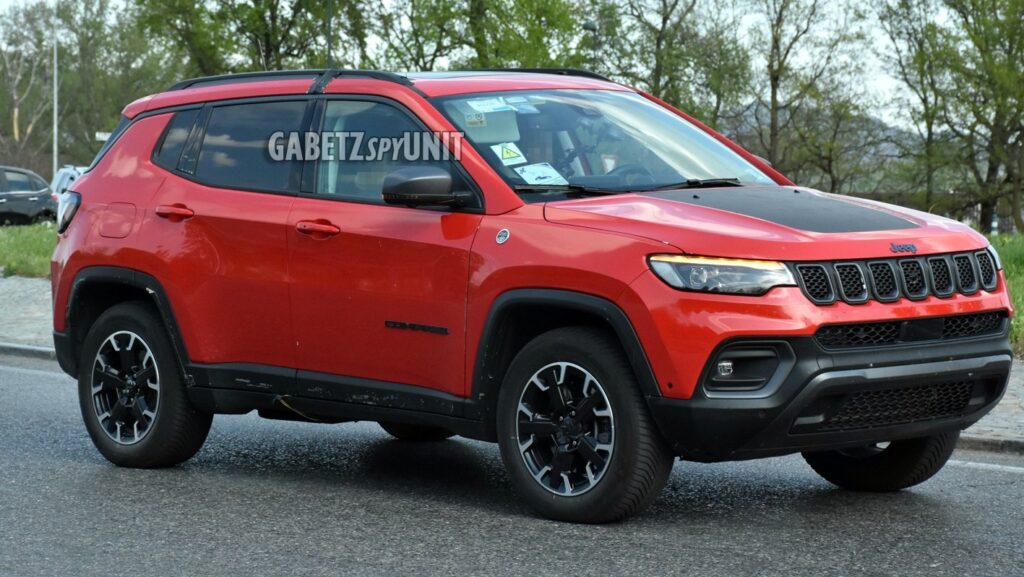
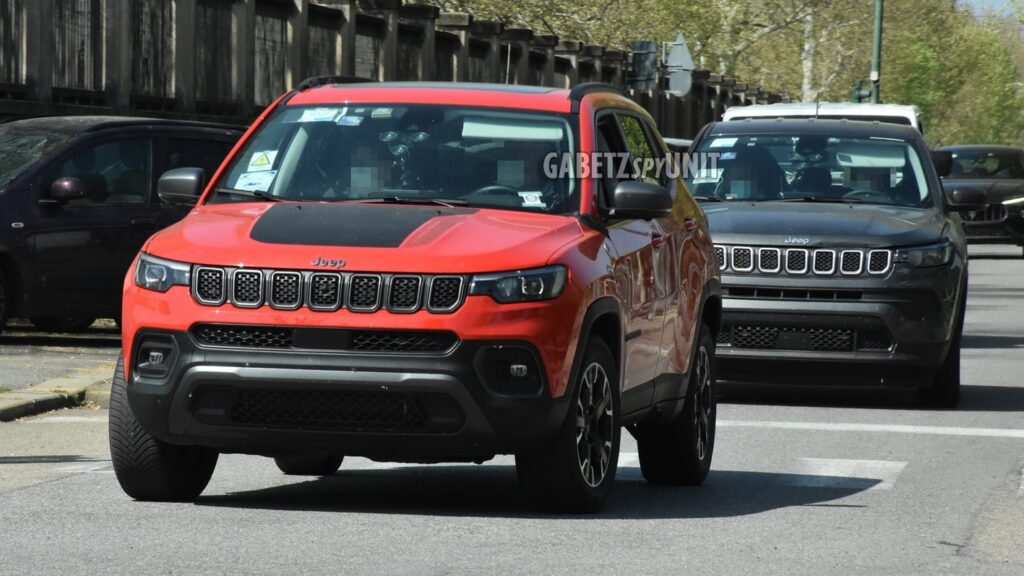
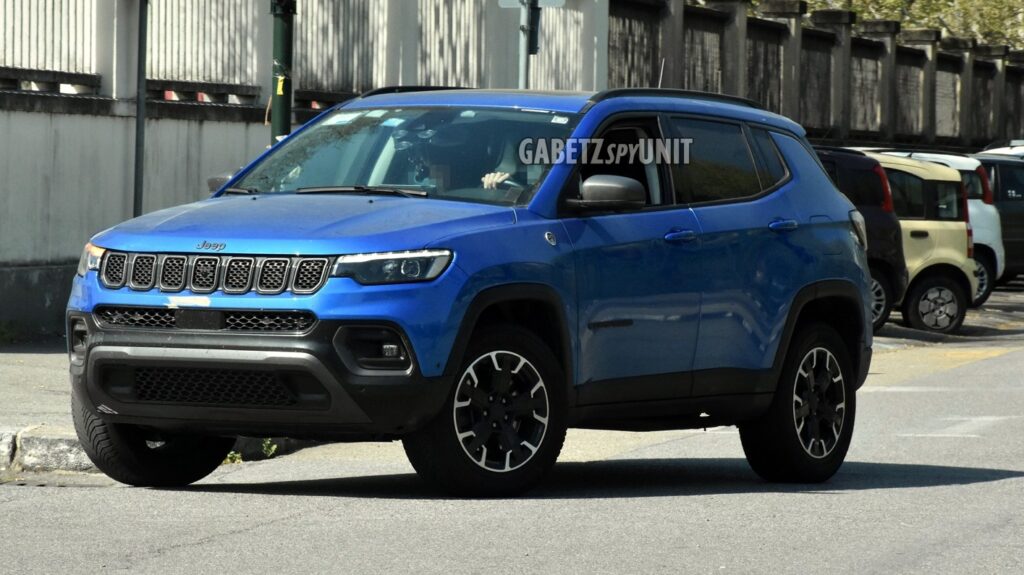
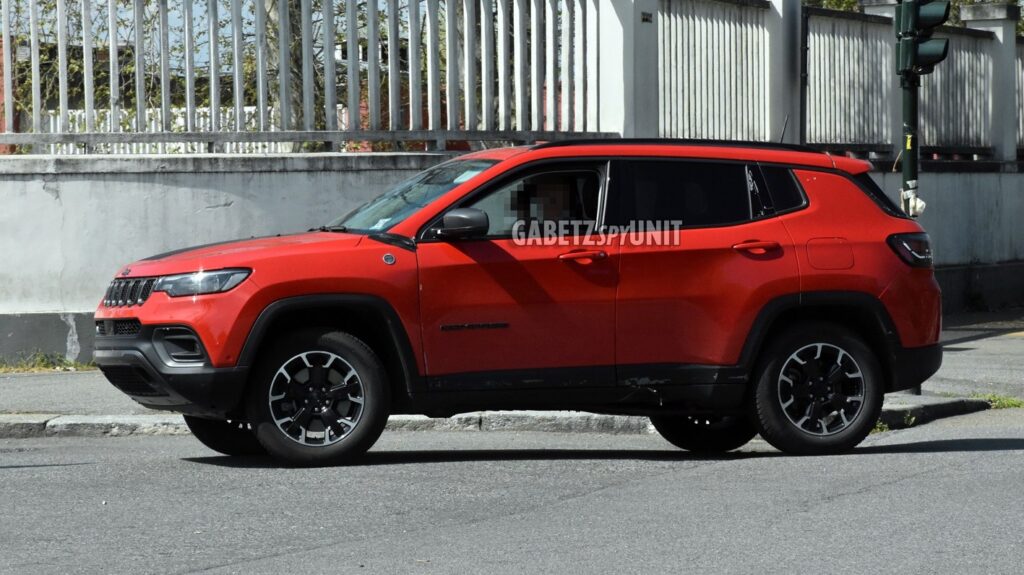
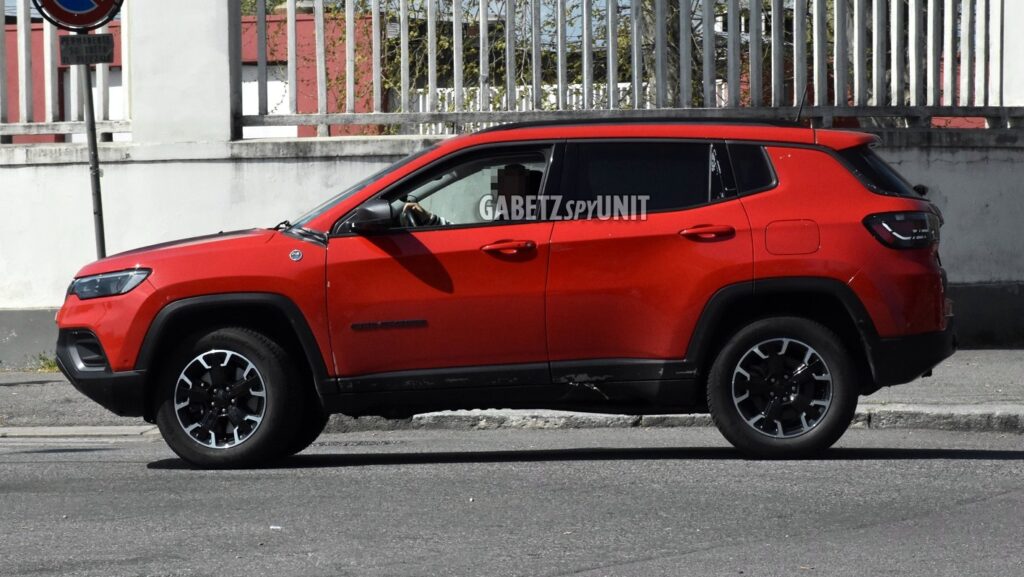
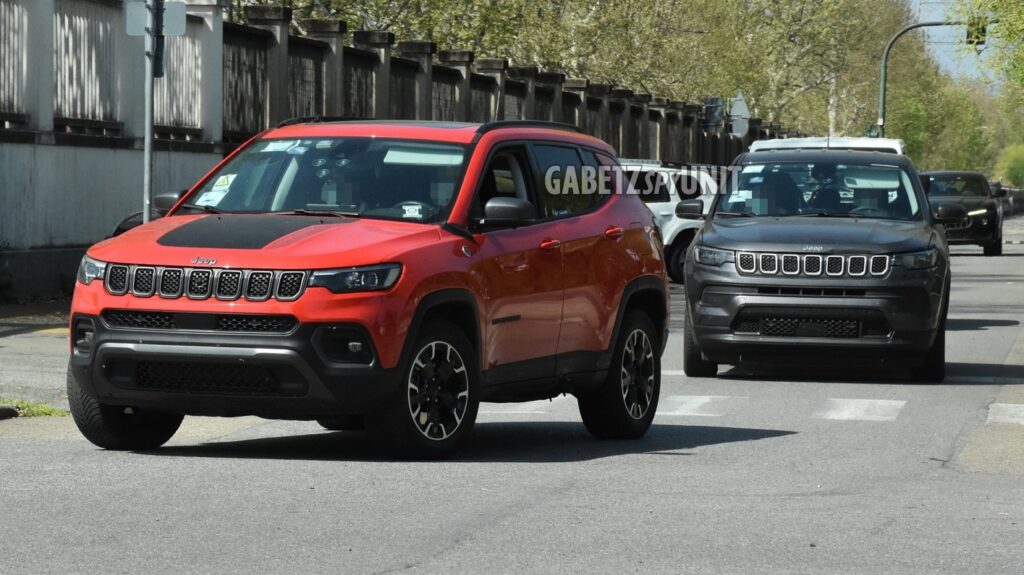
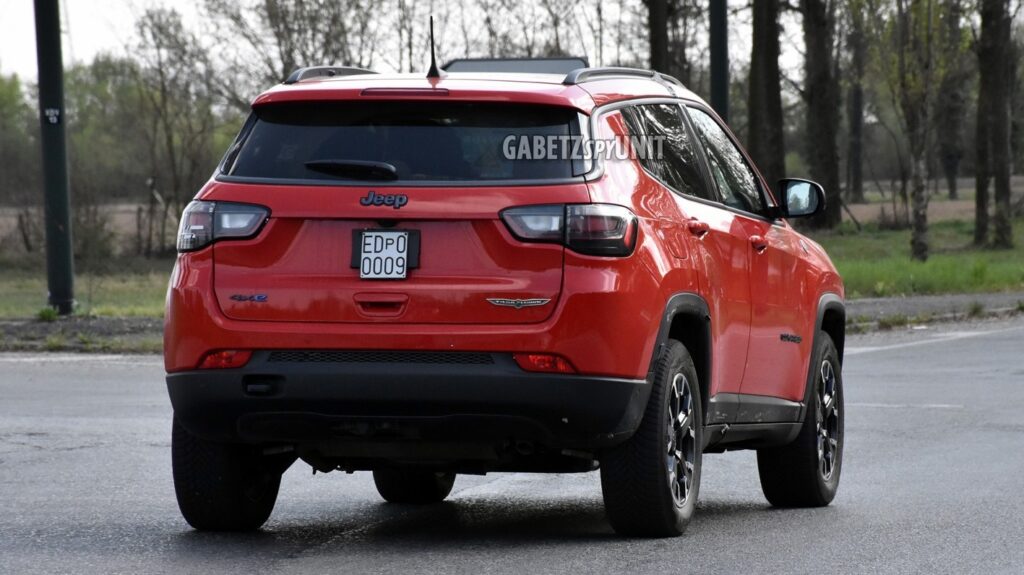
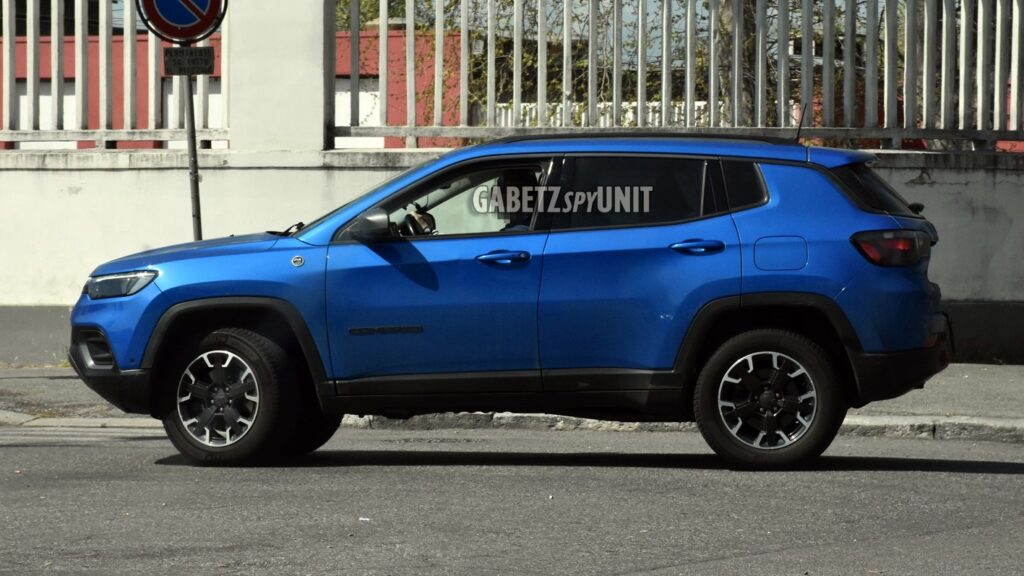

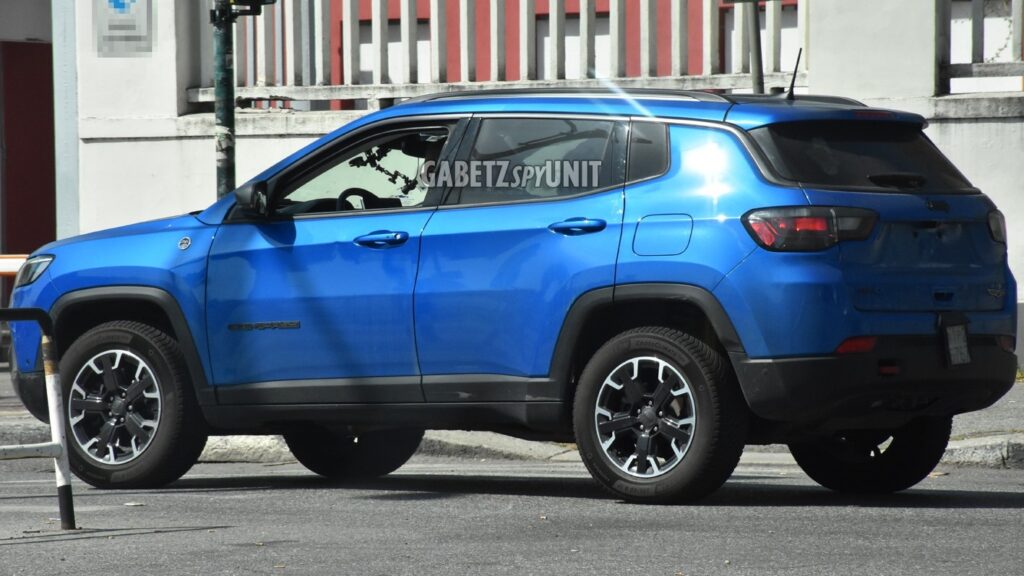


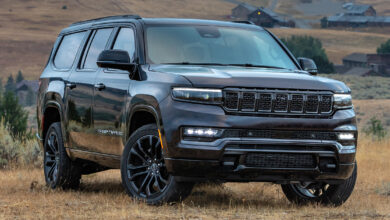

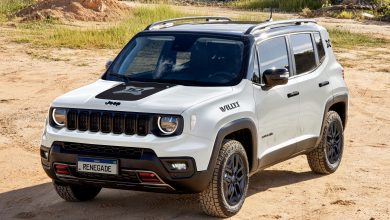
1 reply
Loading new replies...
Join the full discussion at the Mopar Insiders Forum →